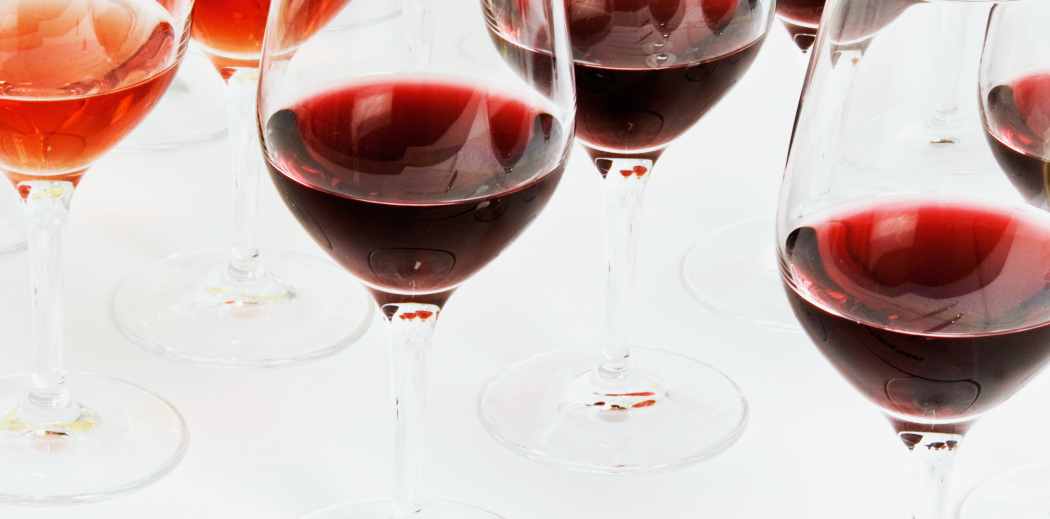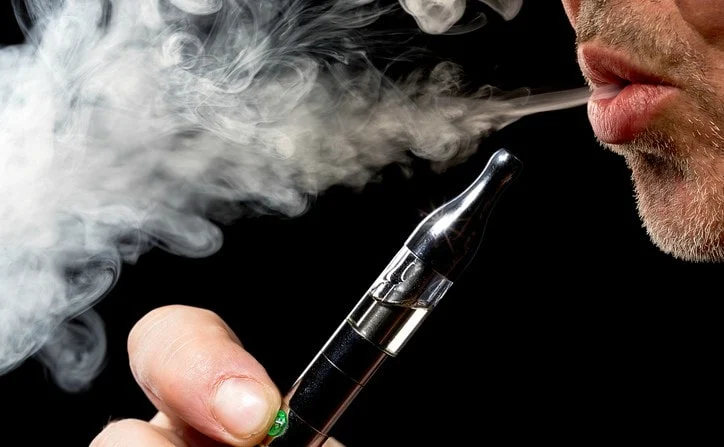Have you ever wondered, does wine have added sugar? In this article, we will explore the topic of sugar in wine and discuss whether adding sugar to this beloved beverage is acceptable.
Join us as we dive deep into the world of wine and examine the effects of adding sugar on the taste and quality of the final product. We will explore the different levels of sugar found in wine and the methods by which sugar can be added. And if you are looking for high-quality wine varieties, feel free to buy wine online right away. So, can you add sugar to wine? Let’s find out together.
Understanding Sugar Levels in Wine
Before we delve into the topic of is there added sugar in wine, it is important to understand that wine naturally contains sugar. The sugar in wine comes from two primary sources: grapes and the fermentation process.
Grapes: Grapes contain natural sugars that are converted into alcohol during fermentation. The amount of sugar in grapes varies depending on factors such as grape variety, ripeness, and climate. Wines made from riper grapes tend to have higher sugar levels.
Fermentation: During fermentation, yeast consumes the sugar present in grapes and converts it into alcohol. The yeast also produces carbon dioxide, which is released as bubbles in sparkling wines. The remaining sugar that is not converted into alcohol contributes to the wine’s sweetness.
It is important to note that not all wines have the same sugar content. The sugar levels in wine can range from bone-dry to dessert-sweet, with varying degrees of sweetness in between. Here are the different categories of sugar levels in wine:
- Dry: Dry wines have very little residual sugar, typically less than 10 grams per liter. These wines are perceived as crisp, refreshing, and not sweet.
- Off-Dry: Off-dry wines have a touch of sweetness, usually between 10 to 30 grams of residual sugar per liter. They offer a balance of sweetness and acidity.
- Semi-Sweet: Semi-sweet wines have a noticeable sweetness, with sugar levels ranging from 30 to 50 grams per liter. The sweetness is more pronounced but still well-balanced.
- Sweet: Sweet wines have a higher sugar content, usually above 50 grams per liter. These wines are noticeably sweet and often enjoyed as dessert wines.
- Dessert: Dessert wines have the highest sugar content, typically above 100 grams per liter. They are intensely sweet and often paired with rich desserts.
Understanding the different levels of sugar in wine is crucial in determining a particular wine’s sweetness and overall flavor profile. It is important to note that the sugar found in wine naturally occurs and is not typically added during the winemaking process.
Is Sugar Added to Wine: The Process of Sweetening
When it comes to wine, the process of sweetening involves adding sugar to the wine during or after fermentation. This technique is typically used to adjust the sweetness level of the wine and create a desired flavor profile. Let’s explore the different methods used to sweeten wine and the role of yeast in converting added sugar into alcohol.
Addition of Sugar before Fermentation
One method of sweetening wine is by adding sugar before the fermentation process begins. This can be done by mixing sugar directly into the grape juice or must, which is the juice extracted from crushed grapes. The sugar dissolves in the juice, providing a source of fermentable sugars for yeast to consume during fermentation.
This method is often used in the production of sweet wines, such as dessert wines, where the aim is to retain a certain level of residual sugar to enhance the wine’s sweetness.
Addition of Sugar after Fermentation
Another method of sweetening wine is by adding sugar after fermentation has completed. This is known as chaptalization. Chaptalization is commonly used in cooler climates where the grapes may not fully ripen and produce enough natural sugars during fermentation.
To sweeten the wine, a solution of sugar and water, known as sugar syrup, is added in measured quantities. The wine is then blended with the sugar syrup until the desired level of sweetness is achieved.
The Role of Yeast
Yeast plays a crucial role in the process of sweetening wine. During fermentation, yeast feeds on the sugars present in the grape juice or must and converts them into alcohol and carbon dioxide. When additional sugar is added to the wine, the yeast continues to consume the sugars and convert them into alcohol.
However, it’s important to note that if too much sugar is added, the yeast may become stressed and be unable to ferment all the sugars, leading to a sweet or semi-sweet wine with residual sugar. On the other hand, if the yeast is able to ferment all the added sugars, the result is a dry wine with minimal residual sugar.
The Effect on Wine Quality
The process of sweetening wine can have a significant impact on its quality. It can enhance the wine’s balance and complexity when done correctly, adding sweetness and depth to the flavor profile. However, if not done with care, it can result in an unbalanced wine with an overly sweet taste.
It’s crucial for winemakers to carefully consider the sweetness level they want to achieve and ensure that the added sugar complements the other components of the wine, such as acidity and tannins. This attention to detail is essential in creating a harmonious wine that delights the palate.
Overall, the process of sweetening wine involves adding sugar to the wine either before or after fermentation. This technique, along with the role of yeast in fermenting the added sugar, contributes to the complexity and character of the final wine.
Effects of Adding Sugar on Wine Quality
Adding sugar to wine can significantly affect its overall quality, taste, and balance. This is particularly true regarding red wines with distinct characteristics and flavor profiles. Let’s explore the various effects that adding sugar can have on wine.
Influencing Sweetness and Body
One of the primary effects of adding sugar to wine is increased sweetness. Sugar can enhance the wine’s sweetness perception, making it more palatable for those who prefer a sweeter taste. This can be particularly desirable in red wines that are naturally drier.
Moreover, when sugar is added, it can also influence the body or mouthfeel of the wine. The additional sugar can contribute to a fuller and rounder texture, making the wine feel smoother on the palate.
Altering Flavor Balance
The addition of sugar to wine can impact the balance of flavors. It can help to mitigate the acidity or bitterness that some wines may possess. Adding sugar can make the taste more harmonious, providing a well-balanced flavor profile.
Masking Other Aromas and Flavors
On the other hand, adding sugar can mask or overshadow certain aromas and flavors that are naturally present in the wine. This can result in a loss of complexity and nuances in the tasting experience. It’s essential to strike a balance when adding sugar to ensure that the wine’s unique characteristics are not overwhelmed.
Considerations for Red Wines
When it comes to red wines, there are a few additional considerations when adding sugar. Red wines typically have more pronounced tannins and acidity, contributing to their structure and aging potential. Adding sugar can soften these elements, but it’s crucial to be mindful of the impact on the wine’s overall balance.
If you’re looking to make red wine sweeter, alternative methods exist. Late harvesting grapes, blending with sweeter wines, or opting for grape varieties known for higher natural sugar content can help achieve the desired sweetness without directly adding sugar.
Overall, the effects of adding sugar to wine can be significant. It can enhance sweetness, influence body, and flavor balance, and mask certain aromas and flavors. When considering adding sugar to red wine or any wine, it’s crucial to strike a balance that enhances the wine’s character without overpowering its natural qualities.
Controversies Surrounding Added Sugar in Wine
The addition of sugar to wine has sparked heated debates and controversies within the wine industry. While some argue that the practice is acceptable and even necessary for achieving desired tastes, others vehemently oppose the idea, asserting that it compromises the integrity of the wine.
One of the primary concerns surrounding added sugar in wine revolves around transparency in labeling. Advocates for clear labeling argue that consumers have the right to know if a wine has been sweetened artificially, allowing them to make informed choices about what they consume. On the other hand, opponents argue that strict labeling regulations may stigmatize wines that use sugar as a legitimate tool for enhancing flavor.
The controversy also extends to added sugar’s impact on the quality of the wine. Detractors claim that adding sugar can mask flaws in the winemaking process or the quality of the grapes. Conversely, proponents argue that sugar can be used skillfully and judiciously to balance acidity, soften harsh tannins, or enhance the depth and complexity of certain styles of wine.
Despite the ongoing debates, the wine industry continues to grapple with finding a consensus on the subject of added sugar in wine. As consumers become more discerning and demand greater transparency, winemakers, and regulators, need to navigate the delicate balance between tradition, innovation, and consumer expectations.
How to Make Red Wine Sweeter: Enhancing Sweetness Naturally
If you’re looking to make your red wine sweeter without adding sugar, you can explore several natural methods. These alternatives can help you achieve the desired sweetness level while maintaining the wine’s balance and quality.
Blending
One way to enhance the sweetness of red wine naturally is through blending. By combining wines with different levels of sweetness, you can create a harmonious blend that offers a sweeter taste. This technique allows you to control the sweetness without relying on added sugar.
Late Harvesting
Another method to naturally increase red wine’s sweetness is late harvesting. By allowing the grapes to stay on the vine for a longer period, they accumulate more sugar, resulting in a sweeter wine. Late-harvest wines are known for their rich and concentrated flavors, making them a popular choice for those seeking a touch of sweetness.
Grape Varieties
The choice of grape varieties can also play a significant role in enhancing sweetness naturally. Some grape varieties naturally produce sweeter wines due to their higher sugar content. Varieties like Muscat, Zinfandel, and Riesling are known for their inherent sweetness, making them excellent options for those who prefer sweeter red wines.
By exploring these natural methods, you can elevate the sweetness of your red wine without relying on added sugar. You can create a sweeter, enjoyable, and well-balanced wine through blending, late harvesting, or selecting specific grape varieties.
Bottom Line
In conclusion, adding sugar to wine is possible, but it should be done with caution and careful consideration. Adding sugar can significantly impact the quality and balance of the wine, affecting its taste and flavor profile. Therefore, it is essential to have an understanding of the potential consequences before making the decision to sweeten your wine.
Exploring natural methods for enhancing sweetness in wine can provide alternative options for those who prefer a sweeter taste. Blending different grape varieties, opting for late-harvest wines, or selecting wines that naturally have higher sugar levels can help achieve the desired level of sweetness without the need for additional sugar.
Moreover, it is important to be aware of the controversies surrounding added sugar in wine. Transparency in wine labeling is crucial, allowing consumers to make informed choices based on their preferences. Understanding the arguments for and against adding sugar to wine can help individuals navigate this debate and make decisions that align with their values.
Ultimately, whether or not to add sugar to wine is a personal choice. By understanding the effects of sugar on wine and exploring natural methods for enhancing sweetness, you can make informed decisions and better appreciate the nuances of the wines you enjoy.


